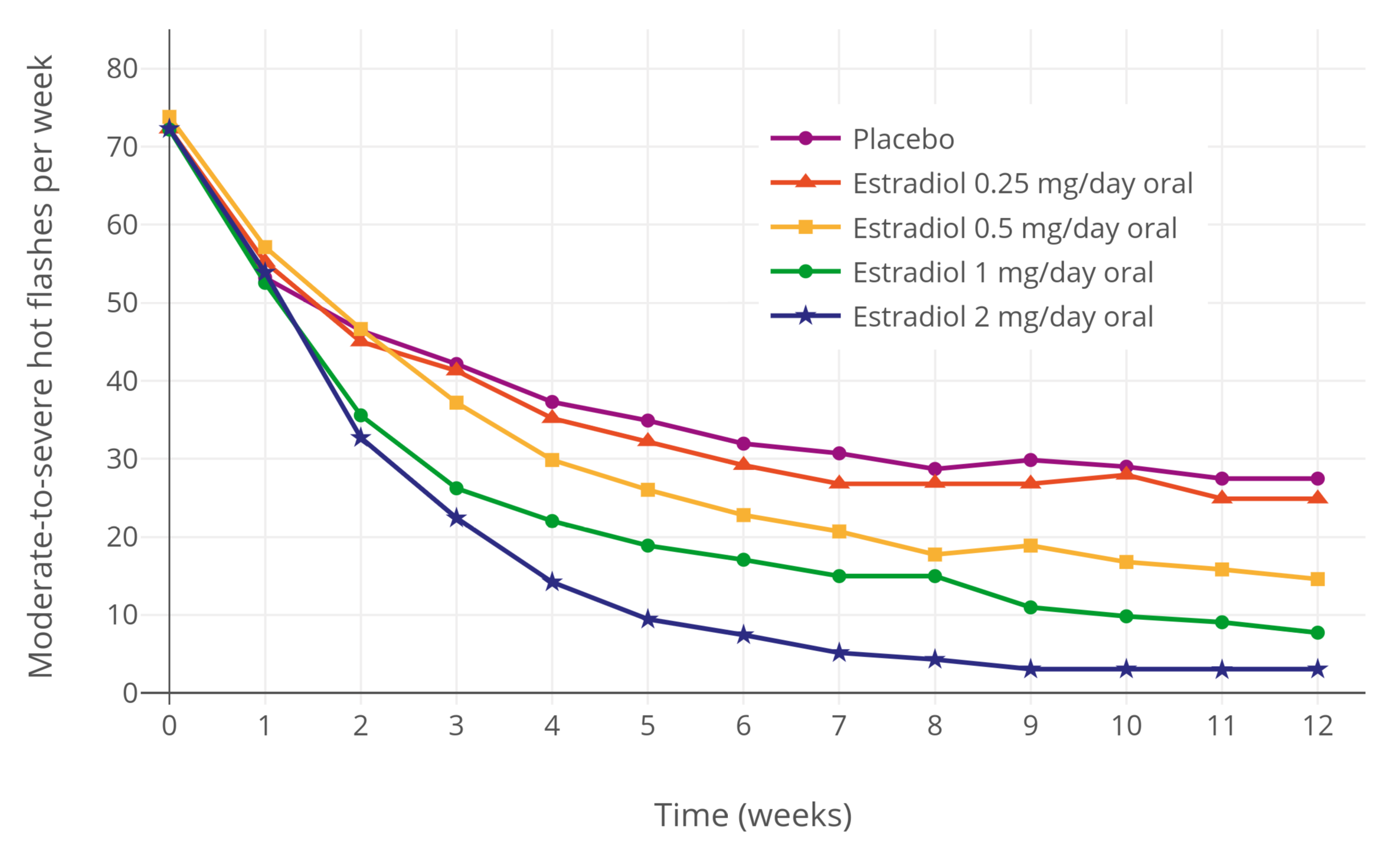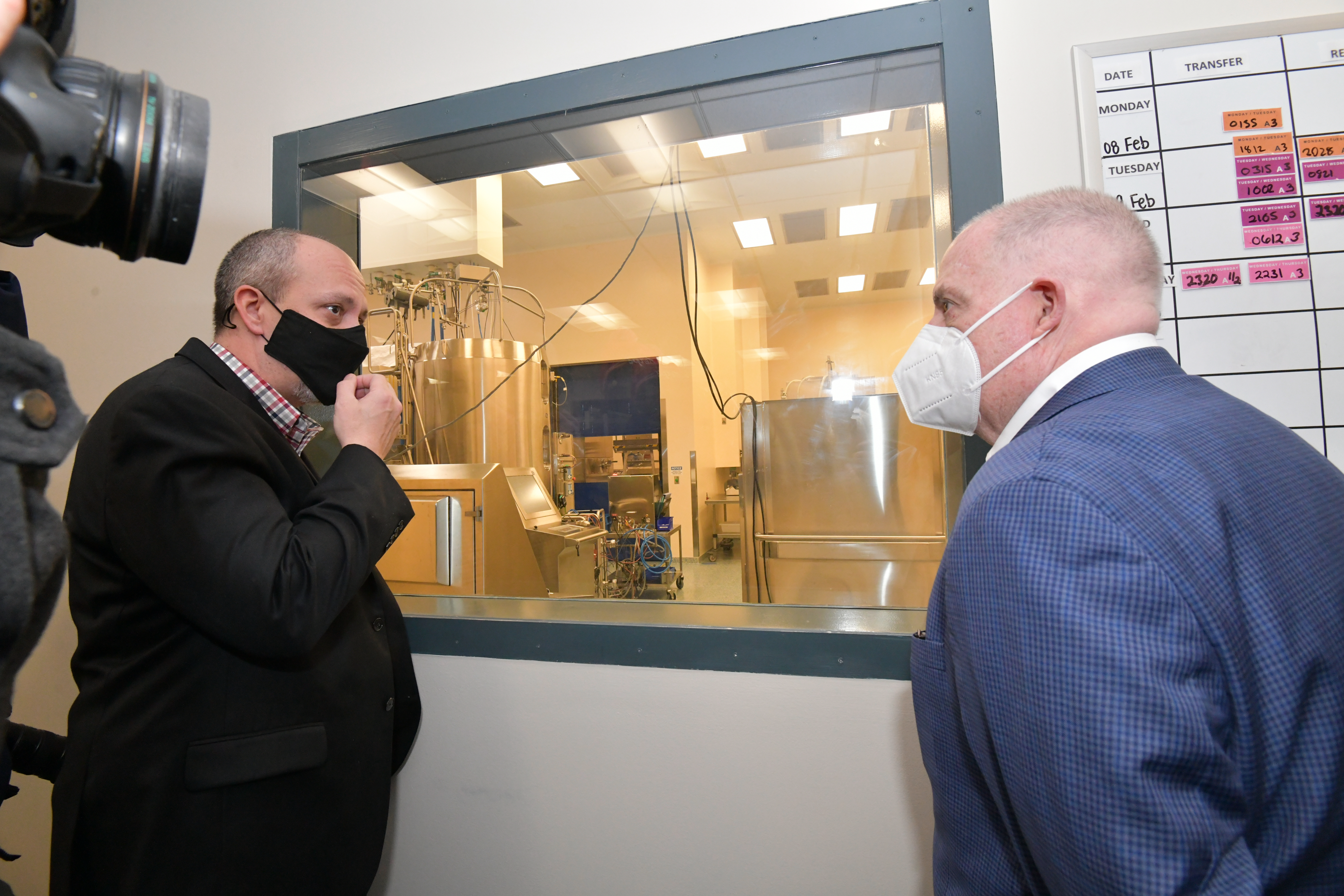|
Polysorbate 80
Polysorbate 80 is a nonionic surfactant and emulsifier often used in pharmaceuticals, foods, and cosmetics. This synthetic compound is a viscous, water-soluble yellow liquid. Chemistry Polysorbate 80 is derived from polyethoxylated sorbitan and oleic acid. The hydrophilic groups in this compound are poly ethers also known as polyoxyethylene groups, which are polymers of ethylene oxide. In the nomenclature of polysorbates, the numeric designation following polysorbate refers to the lipophilic group, in this case, the oleic acid (see polysorbate for more detail). The full chemical names for polysorbate 80 are: *Polyoxyethylene (80) sorbitan monooleate *(x)-sorbitan mono-9-octadecenoate poly(oxy-1,2-ethanediyl) The critical micelle concentration of polysorbate 80 in pure water is reported as 0.012 mM. Other names E number: E433 Brand names: *Kolliphor PS 80 - Kolliphor is a registered trademark of BASF *Alkest TW 80 *Scattics *Canarcel *Poegasorb 80 *Montanox 80 ... [...More Info...] [...Related Items...] OR: [Wikipedia] [Google] [Baidu] |
Merck Index
''The Merck Index'' is an encyclopedia of chemical substance, chemicals, pharmaceutical drug, drugs and biomolecule, biologicals with over 10,000 monographs on single substances or groups of related chemical compound, compounds published online by the Royal Society of Chemistry. History The first edition of the Merck's Index was published in 1889 by the German chemical company Merck Group, Emanuel Merck and was primarily used as a sales catalog for Merck's growing list of chemicals it sold. The American subsidiary was established two years later and continued to publish it. During World War I the US government seized Merck's US operations and made it a separate American "Merck" company that continued to publish the Merck Index. In 2012 the Merck Index was licensed to the Royal Society of Chemistry. An online version of The Merck Index, including historic records and new updates not in the print edition, is commonly available through research libraries. It also includes an append ... [...More Info...] [...Related Items...] OR: [Wikipedia] [Google] [Baidu] |
SEPPIC
Seppic is a French chemical company that designs and supplies specialty products for health and wellbeing. The company is based in France, with distributors and production sites around the world. It has four main areas of business: personal care, pharmaceuticals and nutrition, vaccine adjuvants and injectables, and industrial specialties. Seppic has been part of the Air Liquide group since 1986.“Seppic”, Household & Personal Products Industry,1 February 2011. Its research has led to innovations in medical treatments, such as the creation of CimaVax, the first therapeutic vaccine to treat lung cancer.Manufacturing Process Development for an Epidermal Factor-Based Cancer Vaccine BioPha ... [...More Info...] [...Related Items...] OR: [Wikipedia] [Google] [Baidu] |
Isopropyl Alcohol
Isopropyl alcohol (IUPAC name propan-2-ol and also called isopropanol or 2-propanol) is a colorless, flammable, organic compound with a pungent alcoholic odor. Isopropyl alcohol, an organic polar molecule, is miscible in water, ethanol, and chloroform, demonstrating its ability to dissolve a wide range of substances including ethyl cellulose, polyvinyl butyral, oils, alkaloids, and natural resins. Notably, it is not miscible with salt solutions and can be separated by adding sodium chloride in a process known as salting out. It forms an azeotrope with water, resulting in a boiling point of 80.37 °C and is characterized by its slightly bitter taste. Isopropyl alcohol becomes viscous at lower temperatures, freezing at −89.5 °C, and has significant ultraviolet-visible absorbance at 205 nm. Chemically, it can be oxidized to acetone or undergo various reactions to form compounds like isopropoxides or aluminium isopropoxide. As an isopropyl group linked ... [...More Info...] [...Related Items...] OR: [Wikipedia] [Google] [Baidu] |
Estradiol (medication)
Estradiol (E2) is a medication and naturally occurring steroid hormone. It is an estrogen and is used mainly in menopausal hormone therapy and to treat hypogonadism, low sex hormone levels in women. It is also used in hormonal contraception, hormonal birth control for women, in feminizing hormone therapy for transgender women and some Non-binary gender, non-binary individuals, and in the treatment of hormone-sensitive cancers like prostate cancer in men and breast cancer in women, among other uses. Estradiol can be taken oral administration, by mouth, sublingual administration, held and dissolved under the tongue, as a gel or transdermal patch, patch that is transdermal, applied to the skin, intravaginal administration, in through the vagina, by intramuscular injection, injection into muscle or subcutaneous injection, fat, or through the use of an subcutaneous implant, implant that is placed into fat, among other route of administration, routes. Side effects of estradiol in ... [...More Info...] [...Related Items...] OR: [Wikipedia] [Google] [Baidu] |
Mycobacterium Tuberculosis
''Mycobacterium tuberculosis'' (M. tb), also known as Koch's bacillus, is a species of pathogenic bacteria in the family Mycobacteriaceae and the causative agent of tuberculosis. First discovered in 1882 by Robert Koch, ''M. tuberculosis'' has an unusual, waxy coating on its cell surface primarily due to the presence of mycolic acid. This coating makes the cells impervious to Gram staining, and as a result, ''M. tuberculosis'' can appear weakly Gram-positive. Acid-fastness, Acid-fast stains such as Ziehl–Neelsen stain, Ziehl–Neelsen, or Fluorescence, fluorescent stains such as Auramine O, auramine are used instead to identify ''M. tuberculosis'' with a microscope. The physiology of ''M. tuberculosis'' is highly aerobic organism, aerobic and requires high levels of oxygen. Primarily a pathogen of the mammalian respiratory system, it infects the lungs. The most frequently used diagnostic methods for tuberculosis are the Mantoux test, tuberculin skin test, Acid-Fast Stain, aci ... [...More Info...] [...Related Items...] OR: [Wikipedia] [Google] [Baidu] |
Janssen COVID-19 Vaccine
The Janssen COVID19 vaccine, (Ad26.COV2.S) sold under the brand name Jcovden, is a COVID19 vaccine that was developed by Janssen Vaccines in Leiden, Netherlands, and its Belgium, Belgian parent company Janssen Pharmaceuticals, a subsidiary of American company Johnson & Johnson. It is a viral vector vaccine based on a human adenovirus that has been modified to contain the gene for making the coronavirus spike protein, spike protein of the SARS-CoV-2 virus that causes COVID19. The body's immune system responds to this spike protein to produce Antibody, antibodies. The vaccine requires only one dose and does not need to be stored frozen. Clinical trials for the vaccine were started in June 2020, with Phase III trials, phaseIII involving around 43,000 people. In January 2021, Janssen announced that 28 days after a completed vaccination, the vaccine was 66% effective in a one-dose regimen in preventing symptomatic COVID19, with an 85% efficacy in preventing severe COVID19 and 100 ... [...More Info...] [...Related Items...] OR: [Wikipedia] [Google] [Baidu] |
Influenza Vaccine
Influenza vaccines, colloquially known as flu shots or the flu jab, are vaccines that protect against infection by influenza viruses. New versions of the vaccines are developed twice a year, as the influenza virus rapidly changes. While their effectiveness varies from year to year, most provide modest to high protection against influenza. Vaccination against influenza began in the 1930s, with large-scale availability in the United States beginning in 1945. Both the World Health Organization and the US Centers for Disease Control and Prevention (CDC) recommend yearly vaccination for nearly all people over the age of six months, especially those at high risk, and the influenza vaccine is on the WHO Model List of Essential Medicines, World Health Organization's List of Essential Medicines. The European Centre for Disease Prevention and Control (ECDC) also recommends yearly vaccination of high-risk groups, particularly pregnant women, the elderly, children between six months and ... [...More Info...] [...Related Items...] OR: [Wikipedia] [Google] [Baidu] |
Amiodarone
Amiodarone is an antiarrhythmic medication used to treat and prevent a number of types of cardiac dysrhythmias. This includes ventricular tachycardia, ventricular fibrillation, and wide complex tachycardia, atrial fibrillation, and paroxysmal supraventricular tachycardia. Evidence in cardiac arrest, however, is poor. It can be given by mouth, intravenously, or intraosseously. When used by mouth, it can take a few weeks for effects to begin. Common side effects include feeling tired, tremor, nausea, and constipation. As amiodarone can have serious side effects, it is mainly recommended only for significant ventricular arrhythmias. Serious side effects include lung toxicity such as interstitial pneumonitis, liver problems, heart arrhythmias, vision problems, thyroid problems, and death. If taken during pregnancy or breastfeeding it can cause problems in the fetus or the infant. It is a class III antiarrhythmic medication. It works partly by increasing the time before a ... [...More Info...] [...Related Items...] OR: [Wikipedia] [Google] [Baidu] |
Parenteral
In pharmacology and toxicology, a route of administration is the way by which a drug, fluid, poison, or other substance is taken into the body. Routes of administration are generally classified by the location at which the substance is applied. Common examples include oral and intravenous administration. Routes can also be classified based on where the target of action is. Action may be topical (local), enteral (system-wide effect, but delivered through the gastrointestinal tract), or parenteral (systemic action, but is delivered by routes other than the GI tract). Route of administration and dosage form are aspects of drug delivery. Classification Routes of administration are usually classified by application location (or exposition). The route or course the active substance takes from application location to the location where it has its target effect is usually rather a matter of pharmacokinetics (concerning the processes of uptake, distribution, and elimination of drugs) ... [...More Info...] [...Related Items...] OR: [Wikipedia] [Google] [Baidu] |
Excipient
An excipient is a substance formulated alongside the active ingredient of a medication. They may be used to enhance the active ingredient’s therapeutic properties; to facilitate drug absorption; to reduce viscosity; to enhance solubility; to improve long-term stabilization (preventing denaturation and aggregation during the expected shelf life); or to add bulk to solid formulations that have small amounts of potent active ingredients (in that context, they are often referred to as "bulking agents", "fillers", or "diluents"). During the manufacturing process, excipients can improve the handling of active substances and facilitate powder flow. The choice of excipients depends on factors such as the intended route of administration, the dosage form, and compatibility with the active ingredient. Virtually all marketed drugs contain excipients, and final drug formulations commonly contain more excipient than active ingredient. Pharmaceutical regulations and standards mandate the ... [...More Info...] [...Related Items...] OR: [Wikipedia] [Google] [Baidu] |
Cosmetic Grade
The cosmetic industry describes the industry that manufactures and distributes cosmetic products. These include colour cosmetics, like foundation and mascara, skincare such as moisturisers and cleansers, haircare such as shampoos, conditioners and hair colours, and toiletries such as bubble bath and soap. The manufacturing segment of the industry is dominated by a small number of multinational corporations that originated in the early 20th century, but the distribution and sale of cosmetics is spread among a wide range of different businesses. Cosmetics must be safe when customers use them in accordance with the label's instructions or in the conventional or expected manner. One measure a producer may take to guarantee the safety of a cosmetic product is product testing. FDA occasionally does testing as part of its research program or when looking into potential safety issues with a product. Both the cosmetics business and consumers can benefit from the FDA's resources on product ... [...More Info...] [...Related Items...] OR: [Wikipedia] [Google] [Baidu] |
Solubilizer
Micellar solubilization (solubilization) is the process of incorporating the solubilizate (the component that undergoes solubilization) into or onto micelles. Solubilization may occur in a system consisting of a solvent, an association colloid (a colloid that forms micelles), and at least one other solubilizate. Usage of the term Solubilization is distinct from dissolution because the resulting fluid is a colloidal dispersion involving an association colloid. This suspension is distinct from a true solution, and the amount of the solubilizate in the micellar system can be different (often higher) than the regular solubility of the solubilizate in the solvent. In non-chemical literature and in everyday language, the term "solubilization" is sometimes used in a broader meaning as "to bring to a solution or (non- sedimenting) suspension" by any means, e.g., leaching by a reaction with an acid. Application Micellar solubilization is widely utilized, e.g. in laundry washing usin ... [...More Info...] [...Related Items...] OR: [Wikipedia] [Google] [Baidu] |







